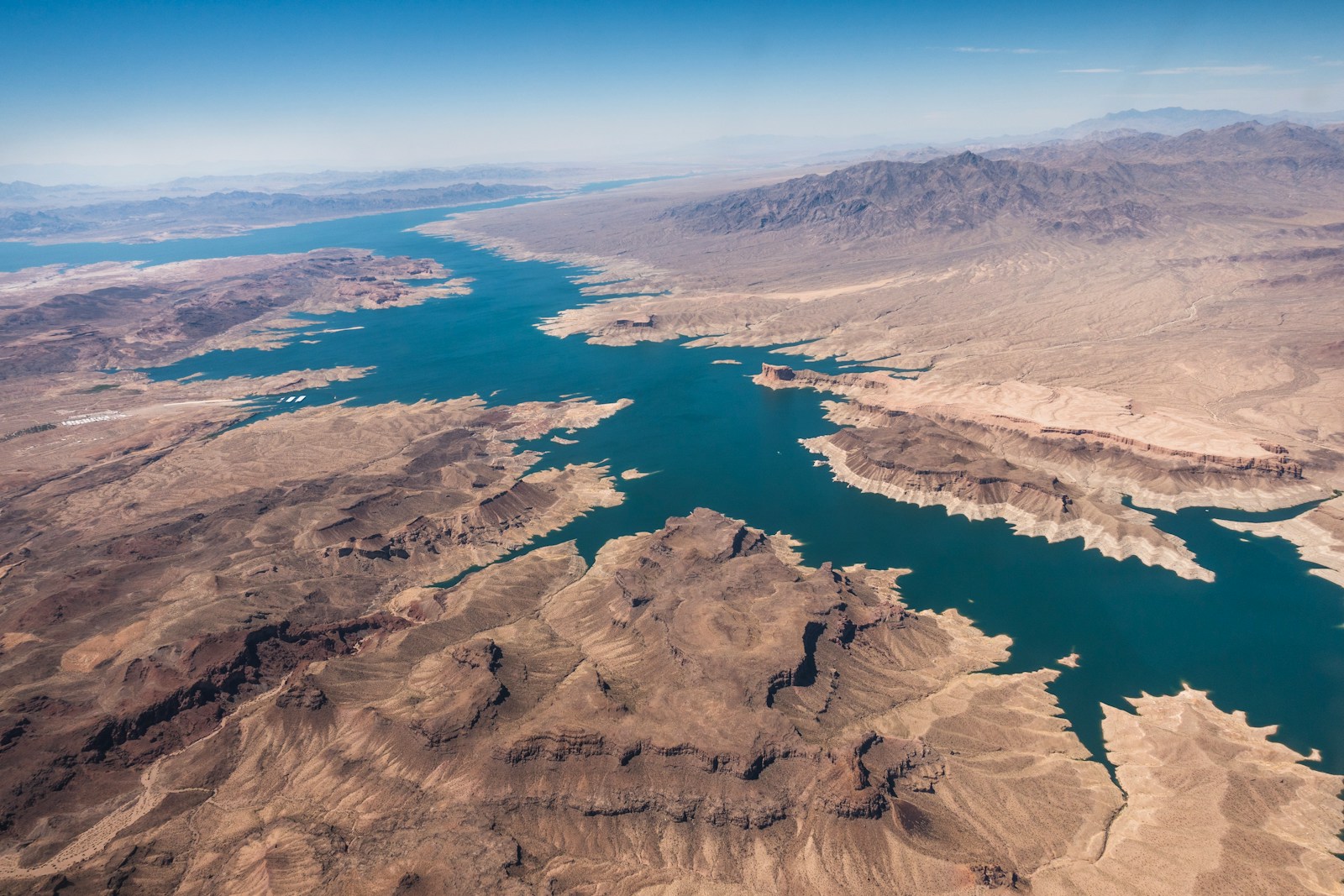The Willow oil project is a significant oil exploration project located in the National Petroleum Reserve-Alaska (NPR-A) on the North Slope of Alaska. The project is expected to produce up to 160,000 barrels of oil per day, making it one of the largest oil production projects in the state. However, the project’s environmental cost cannot be overlooked, and it has been a subject of concern for environmentalists and the local community. In this article, we will discuss the environmental cost of the Willow oil project in Alaska and its implications.
Table of Contents
ToggleIntroduction
The Willow oil project is a massive oil exploration project in Alaska that has raised significant concerns over its environmental impact. The project, developed by ConocoPhillips, is expected to produce up to 160,000 barrels of oil per day. However, the project’s environmental cost cannot be ignored, and it has raised many questions about its impact on the local environment.
The Impact of Drilling on Wildlife
The Willow oil project is situated in the NPR-A, which is home to many wildlife species, including caribou, grizzly bears, muskoxen, and migratory birds. The drilling activities will have a significant impact on the wildlife in the area. The project could disrupt the wildlife’s natural habitat and migration patterns, leading to the loss of critical habitat for many species.
Effects of Oil Spills
One of the significant concerns of the Willow oil project is the risk of oil spills. Any oil spill could have severe environmental consequences and harm the local ecosystem. The region is known for its harsh weather conditions, making cleanup and containment of any spills difficult.
Impact on Indigenous Communities
The Willow oil project also poses significant risks to the indigenous communities in the region. The drilling activities could disrupt the subsistence activities of the local communities, including fishing and hunting. The project could also lead to the degradation of the land and water resources on which the communities rely.
Water Use and Discharge
The Willow oil project requires a significant amount of water for drilling, fracking, and other activities. The project is expected to use up to 12 million gallons of water per day, which could deplete the water resources in the region. The discharge of wastewater could also have severe consequences for the local water resources.
Impact on Climate Change
The Willow oil project will contribute to greenhouse gas emissions, contributing to the global climate crisis. The project could also lead to the release of methane, a potent greenhouse gas that is even more harmful than carbon dioxide.
Mitigating the Environmental Impact
ConocoPhillips has outlined several measures to mitigate the environmental impact of the Willow oil project. These include measures to reduce greenhouse gas emissions, minimize water use, and reduce the impact on wildlife and indigenous communities. However, the effectiveness of these measures remains to be seen.
Conclusion
The environmental cost of the Willow oil project cannot be overlooked. The project’s impact on wildlife, indigenous communities, water resources, and climate change must be addressed. While the project promises to bring significant economic benefits, these benefits must be weighed against the potential environmental consequences.








2 thoughts on “The Environmental Cost of Alaska’s Willow Oil Project”
Pingback: The Peru Oil Spill by Repsol: Why Destroying the Planet Must Be a Crime - Sustainability Awakening
Pingback: Understanding the Impacts of Biden's Alaskan LNG Exports